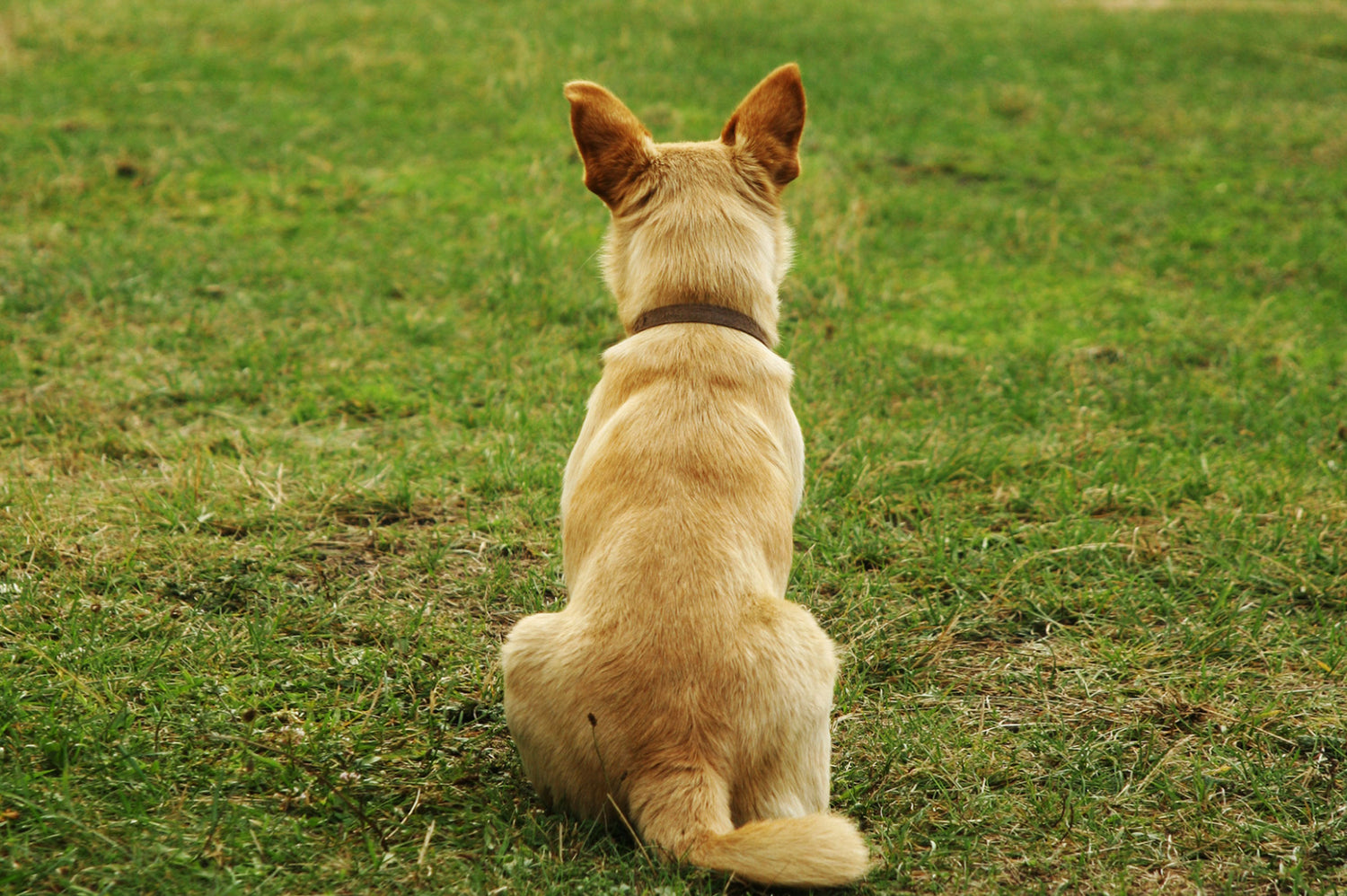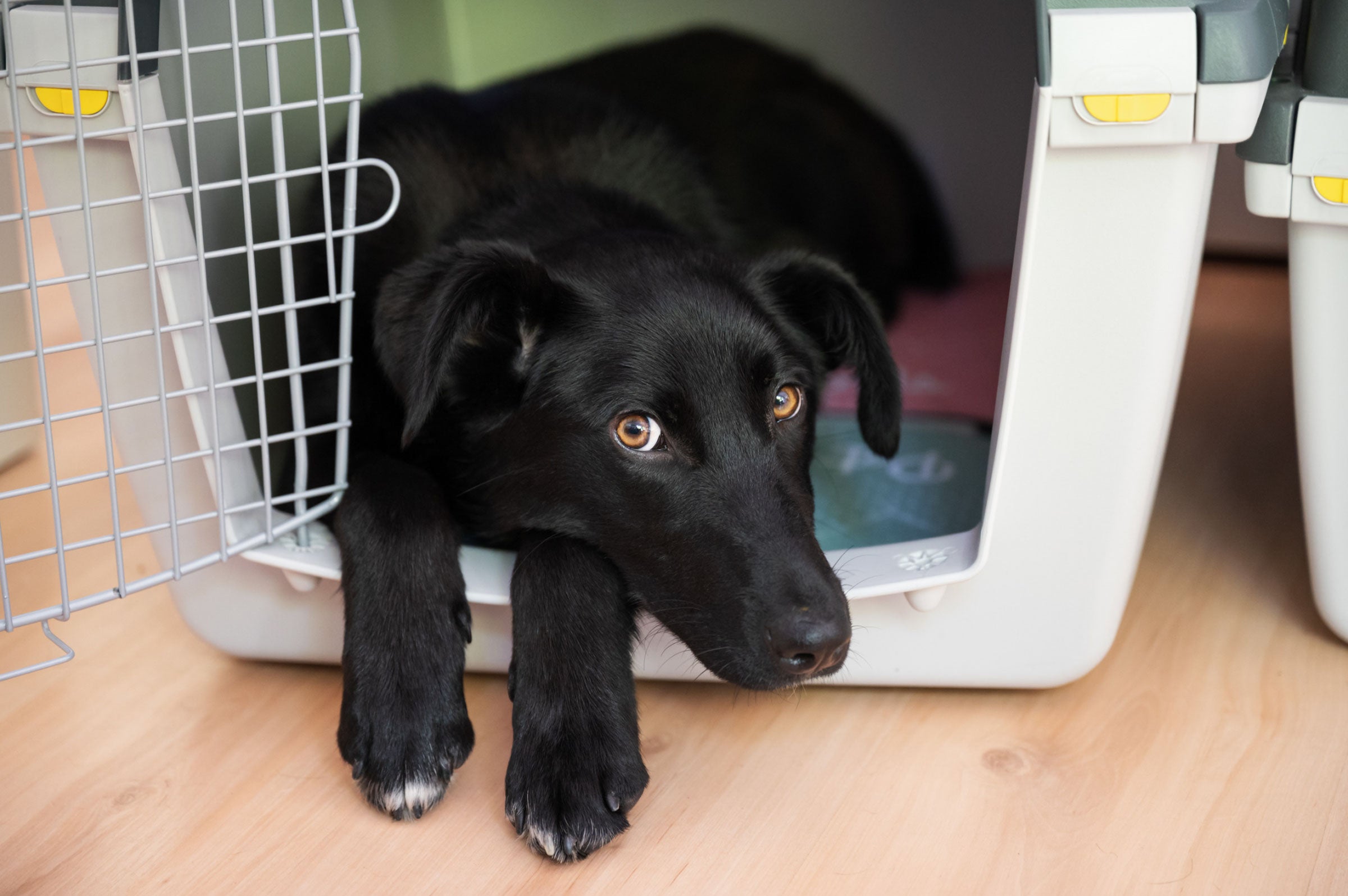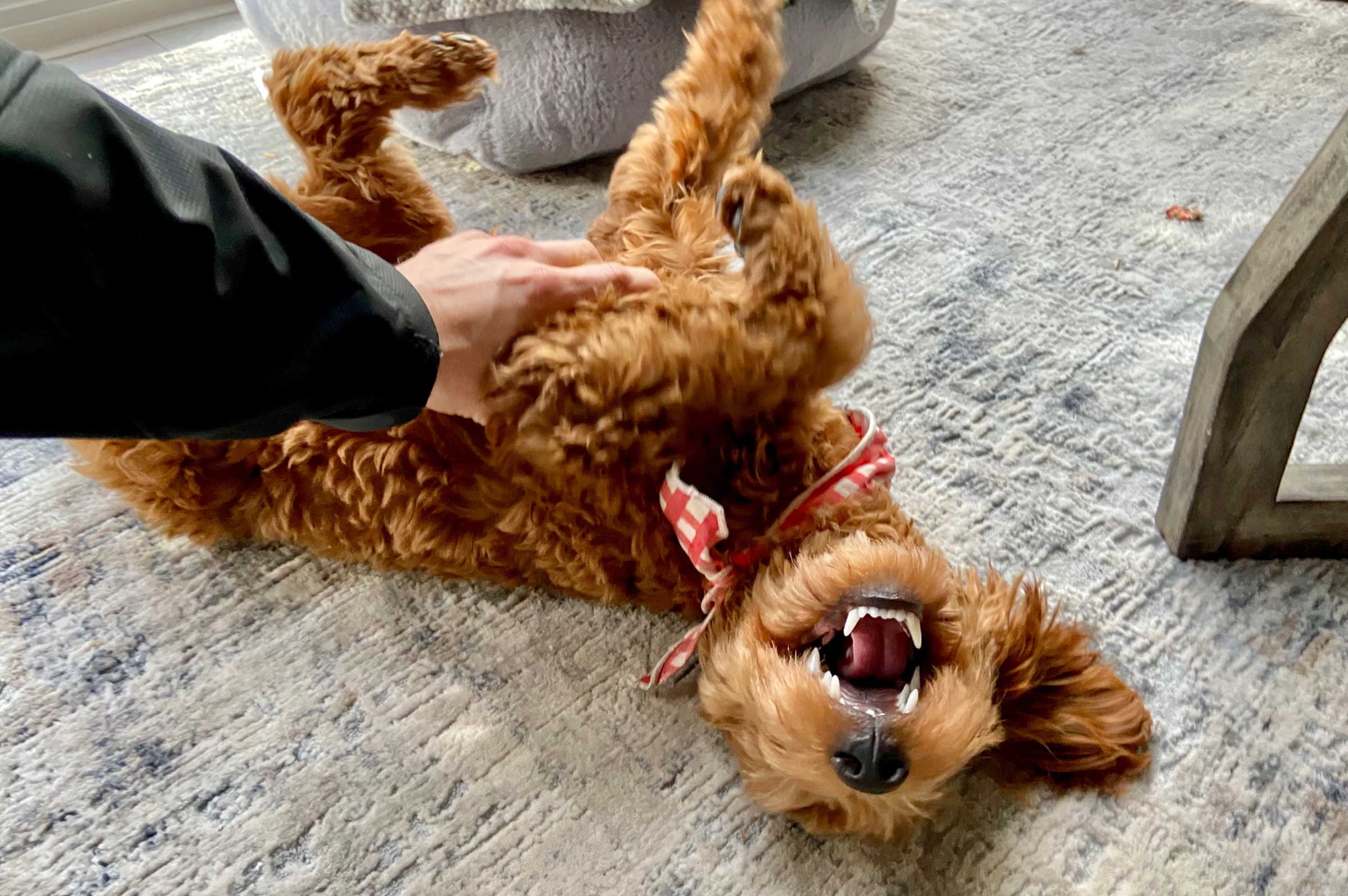A wagging tail is one of the most recognizable signs of a happy dog. It’s their way of communicating joy, excitement, and friendliness. But what does it mean when your dog’s tail stops wagging? It’s a concerning change for any pet owner, signaling potential issues ranging from physical health problems to emotional distress. Here, we explore the possible reasons behind this behavior and how you can help your furry friend.
Physical Causes
- Tail Injury (Limber Tail Syndrome): One of the most common reasons a dog’s tail may stop wagging is due to an injury known as Limber Tail Syndrome. This condition, often seen in working breeds or active dogs, can occur after intense exercise, swimming, or exposure to cold weather. The tail may hang limp or droop and can be painful to the touch.
- Pain or Discomfort: Apart from specific tail injuries, general pain or discomfort due to arthritis, hip dysplasia, or other spinal issues may also keep a dog’s tail down. If your dog seems reluctant to move their tail, it’s essential to consider whether they are experiencing broader physical issues.
- Infection or Inflammation: Infections in the tail or anal glands can also lead to discomfort that might inhibit tail-wagging. Such conditions are often accompanied by other symptoms such as swelling, redness, or a foul smell.
Emotional and Behavioral Causes
- Stress or Anxiety: Just as a happy wag can express joy, a lack of tail movement might indicate psychological stress or anxiety. Changes in the household, such as new people, pets, or even changes in routine, can significantly affect your dog’s emotional well-being.
- Fear or Submission: Dogs often hold their tails down or tucked when they are afraid or being submissive. If your dog's tail stops wagging in specific situations, it might be a sign of fear or discomfort with certain environments or individuals.
- Depression: Yes, dogs can become depressed too. Loss of a family member, another pet, or even less time spent with owners can lead to signs of canine depression, including less frequent tail wagging.
What Can You Do?
- Veterinary Visit: If you notice a sudden change in your dog’s tail-wagging behavior, the first step is to consult a veterinarian. They can assess whether there’s a physical health issue at play and recommend treatment options.
- Observation: Pay close attention to when and where your dog exhibits this change in behavior. Noticing patterns can help in identifying triggers of stress or discomfort.
- Enhance Comfort and Security: Make sure your dog feels safe and comfortable at home. Provide a quiet space where they can retreat, use anxiety-reducing products like calming collars or diffusers, and maintain a stable routine.
- Positive Reinforcement: Use treats, praises, and favorite activities to encourage your dog when they show signs of happiness and relaxation. Reinforcing positive behavior can help alleviate stress and build confidence.
- Exercise and Engagement: Regular exercise and mental stimulation are crucial for your dog’s physical and emotional health. Engaging activities can help relieve stress and anxiety, potentially leading to more wagging!











